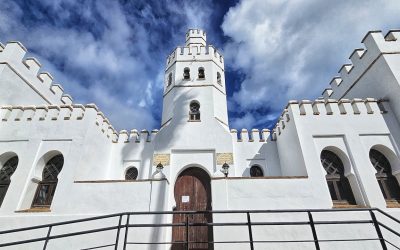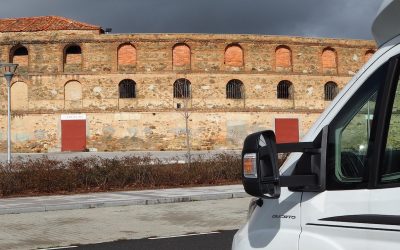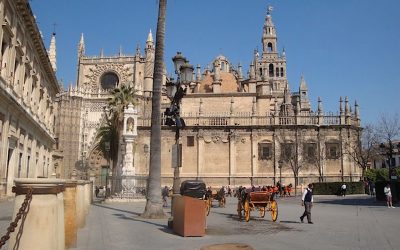Travelling through Spain over the last two years has been an enlightening experience that has taught us plenty, surprised us consistently...

Seville
Seville
10 Spanish Destinations not to miss
As we sit just across the French/Spain border, it seems appropriate to reflect on our Spanish odyssey over the last seven weeks of 2016...
An Alternative Guide to Seville
The Motoroamers’ City Tour series Now you could be forgiven for thinking this is one of those blogs that shares the Top 10 traditional...
Travel Blog – March 2016
Well this week has been a game of two halves. Forest v City. Sounds like a football game, the result of which has to be a draw, although...
Follow us
You can find us on social media,
different channels for different content.




